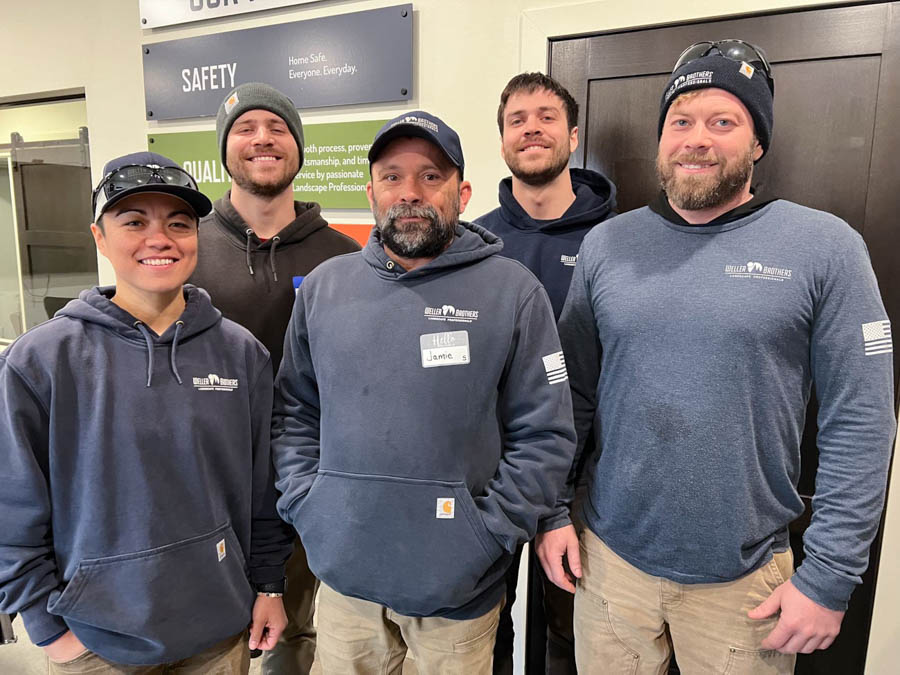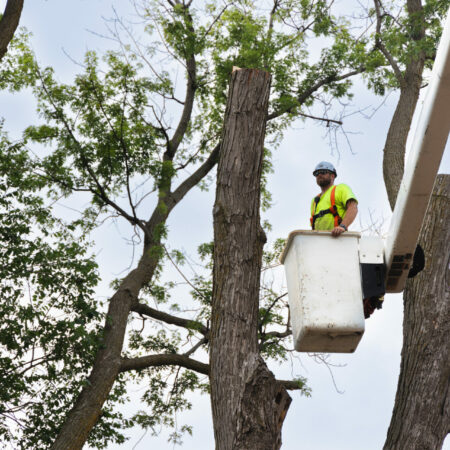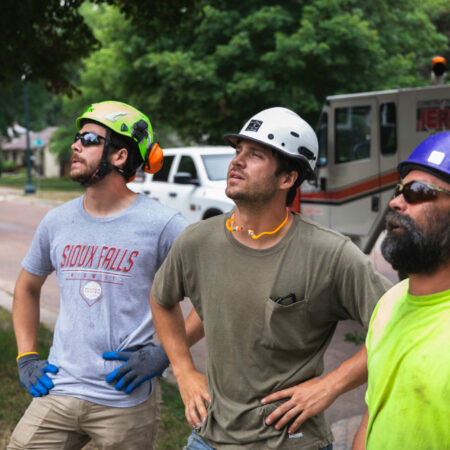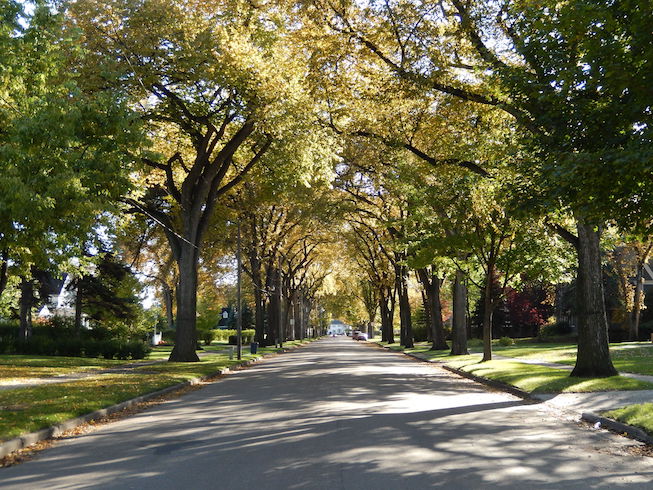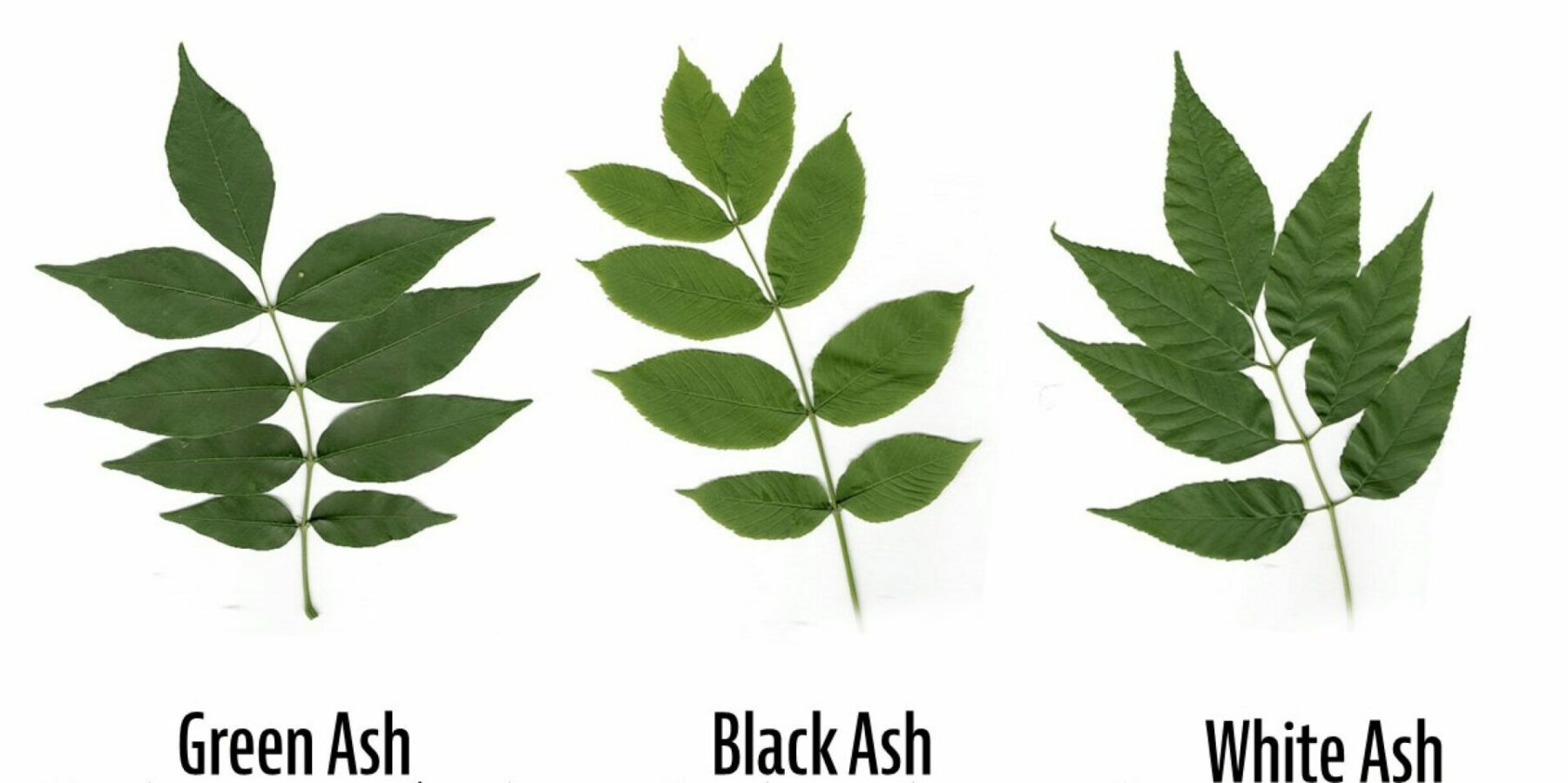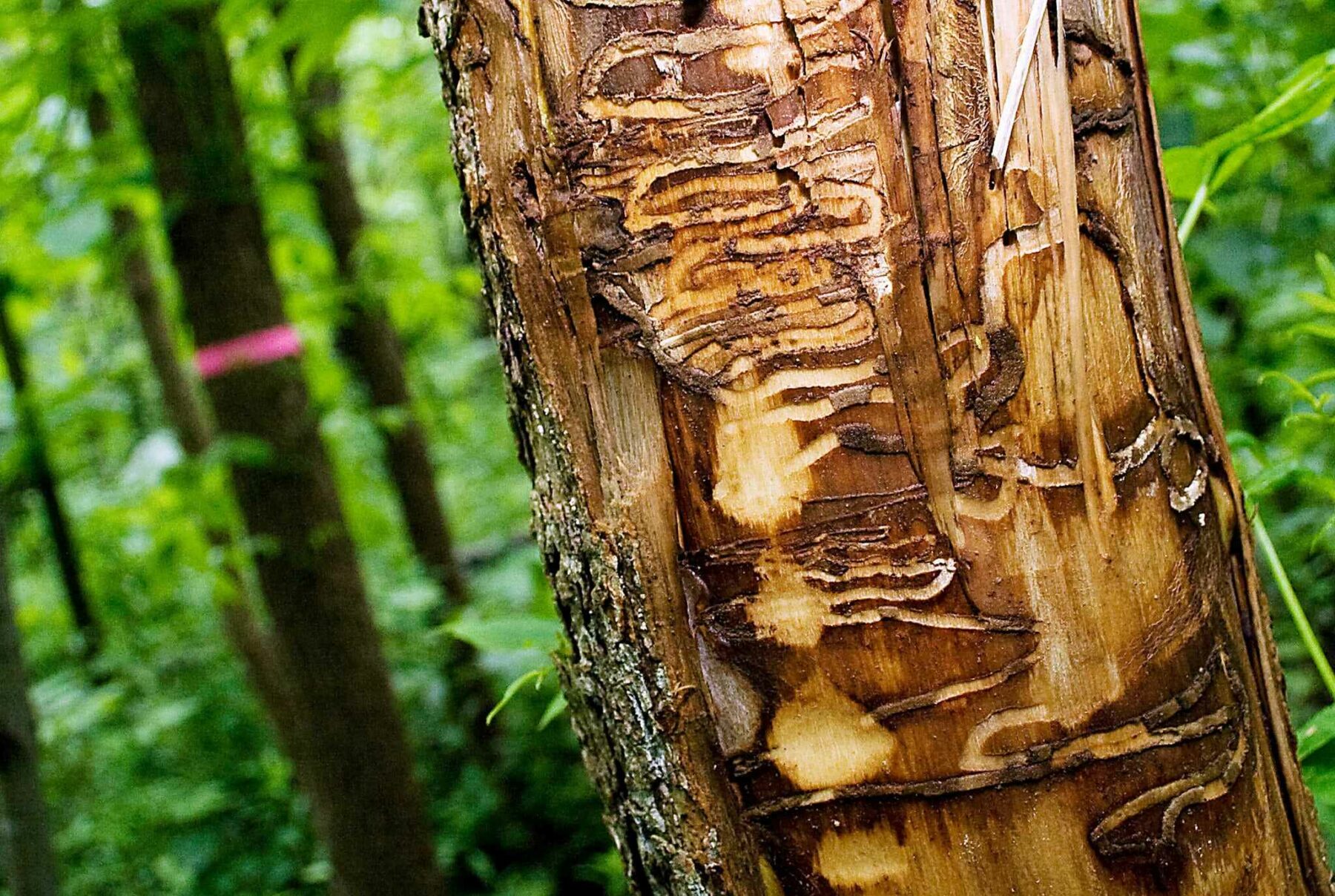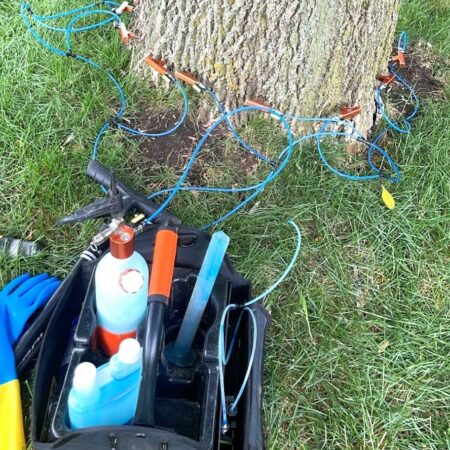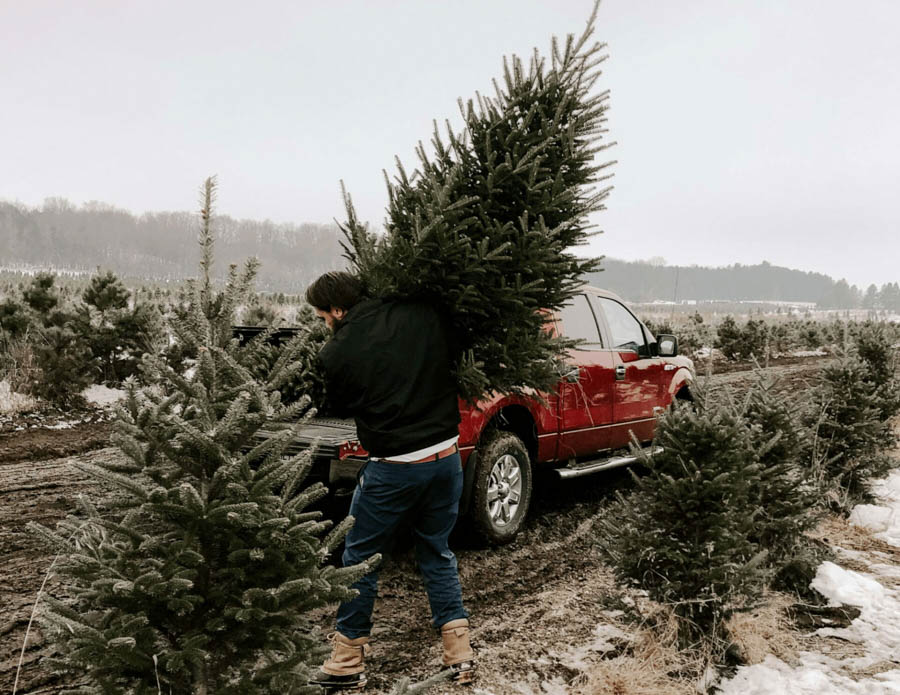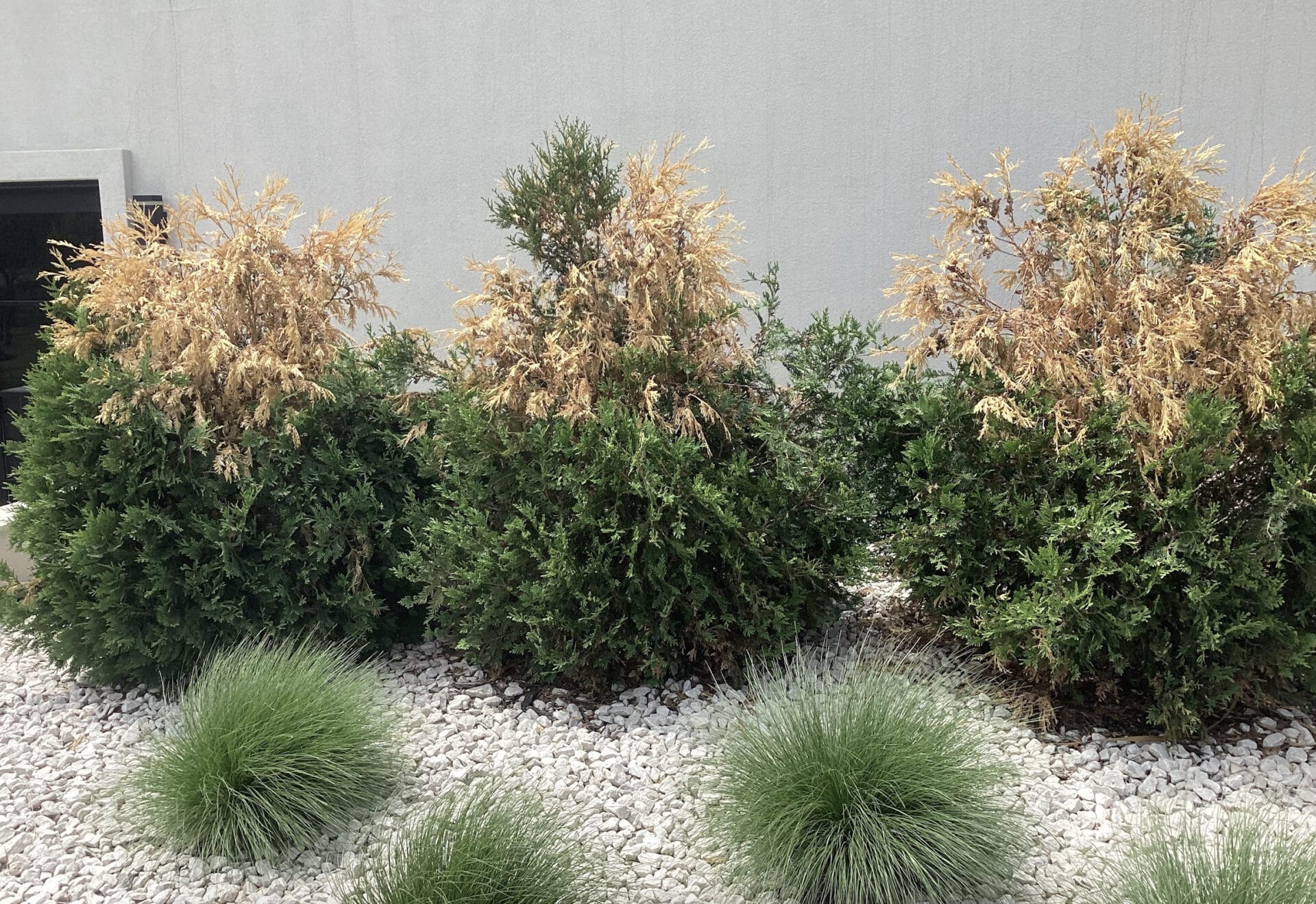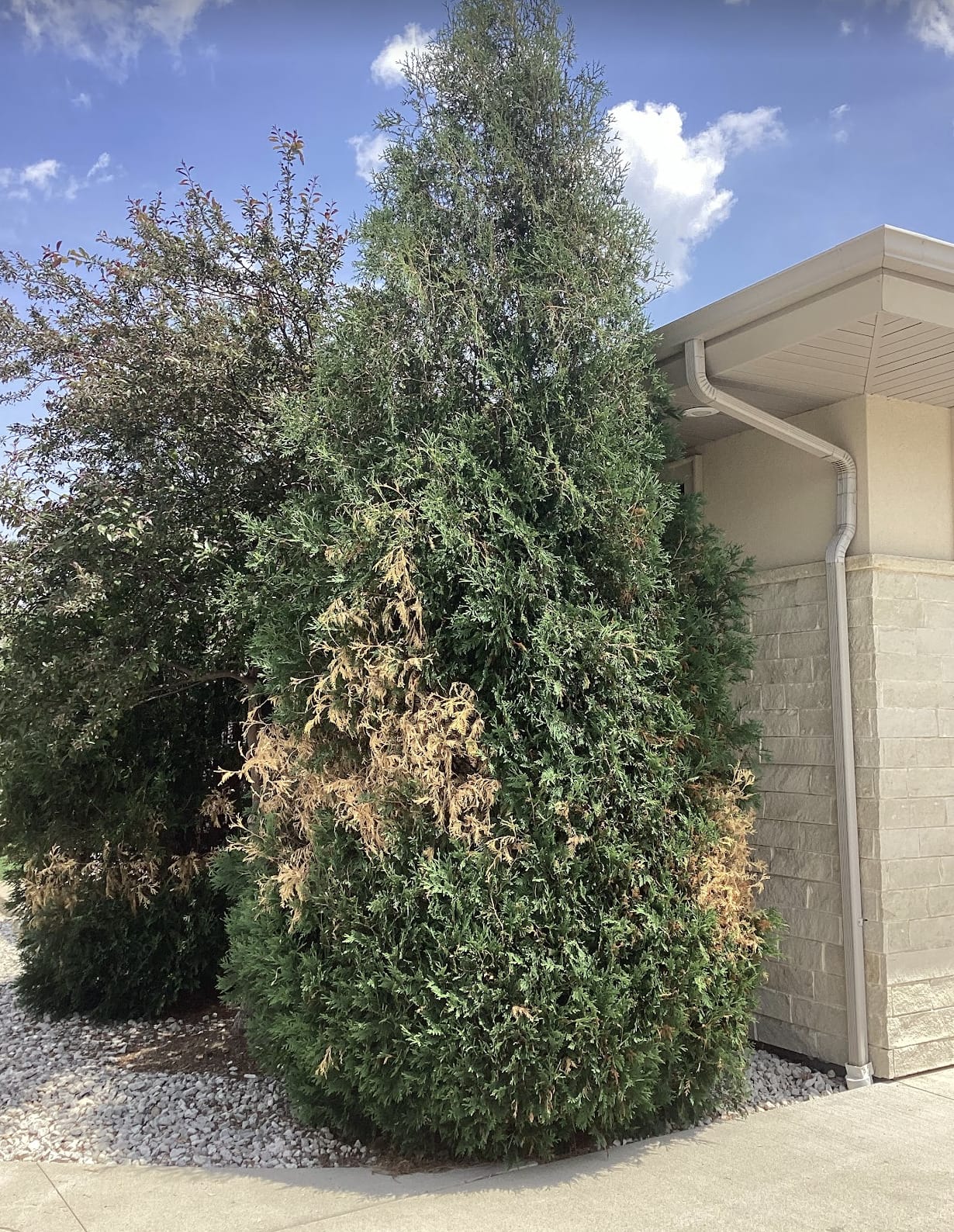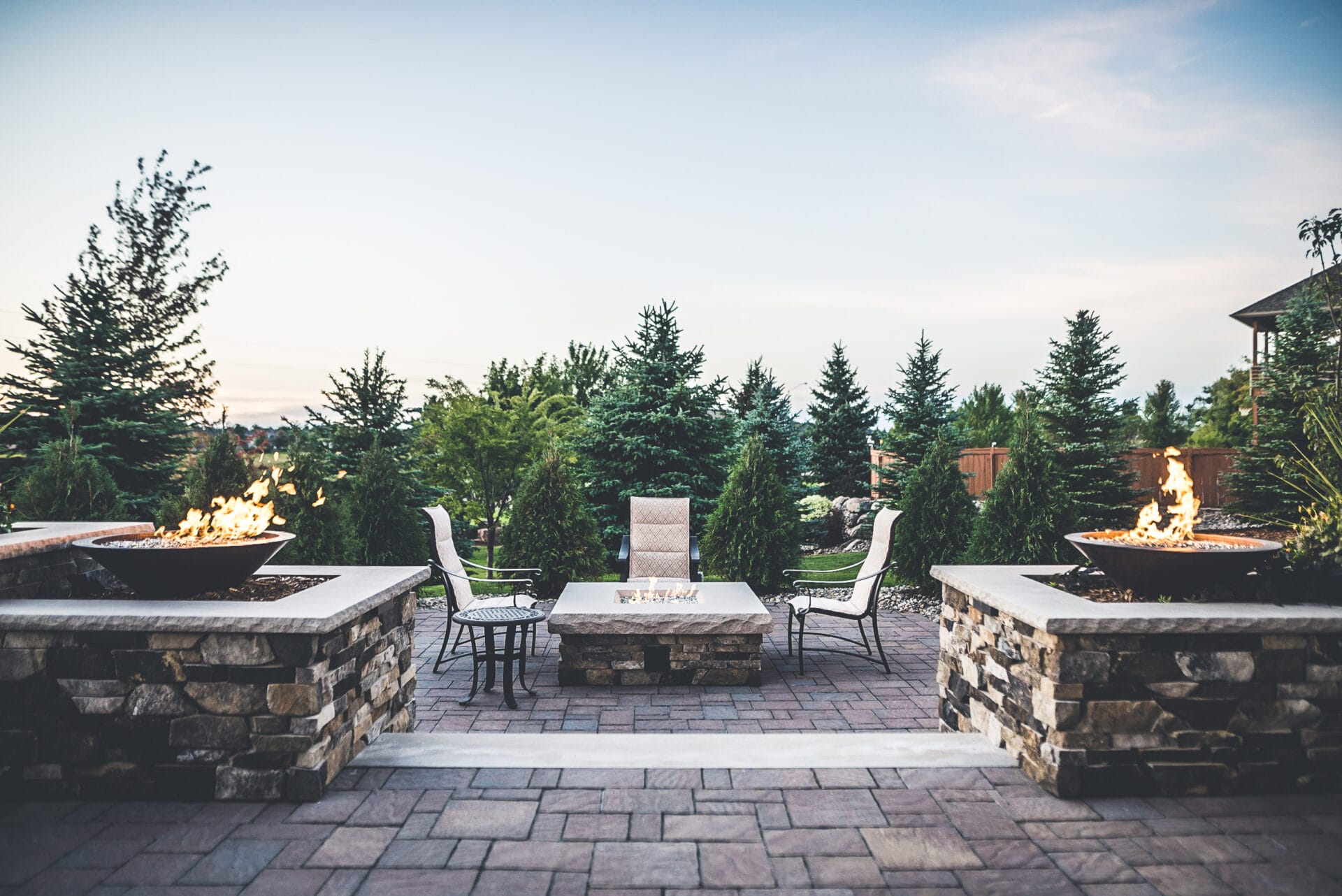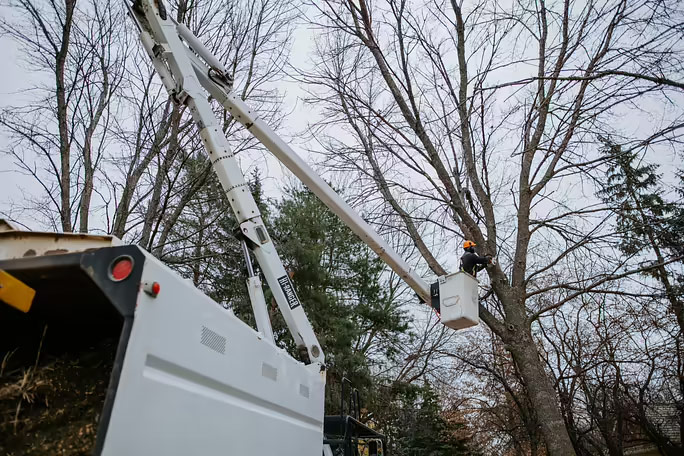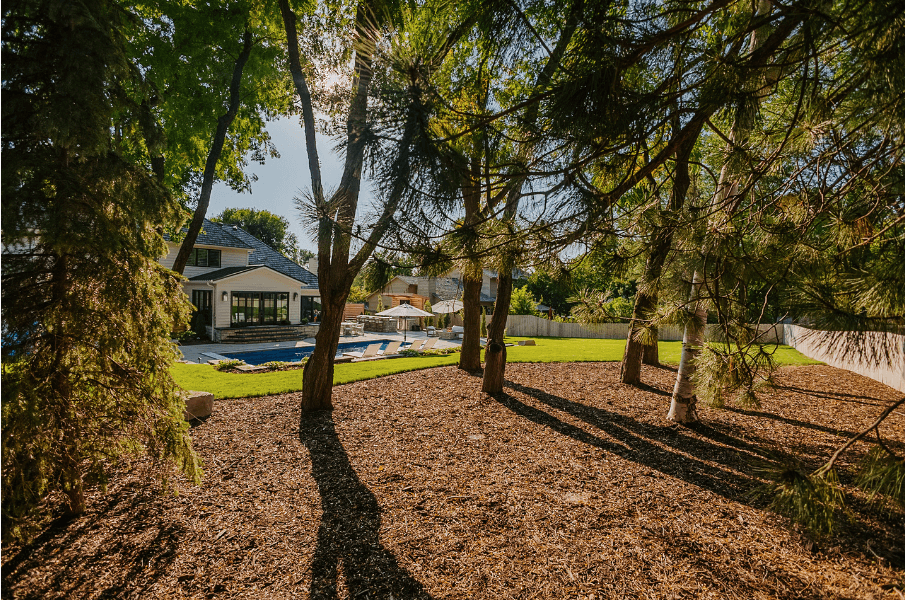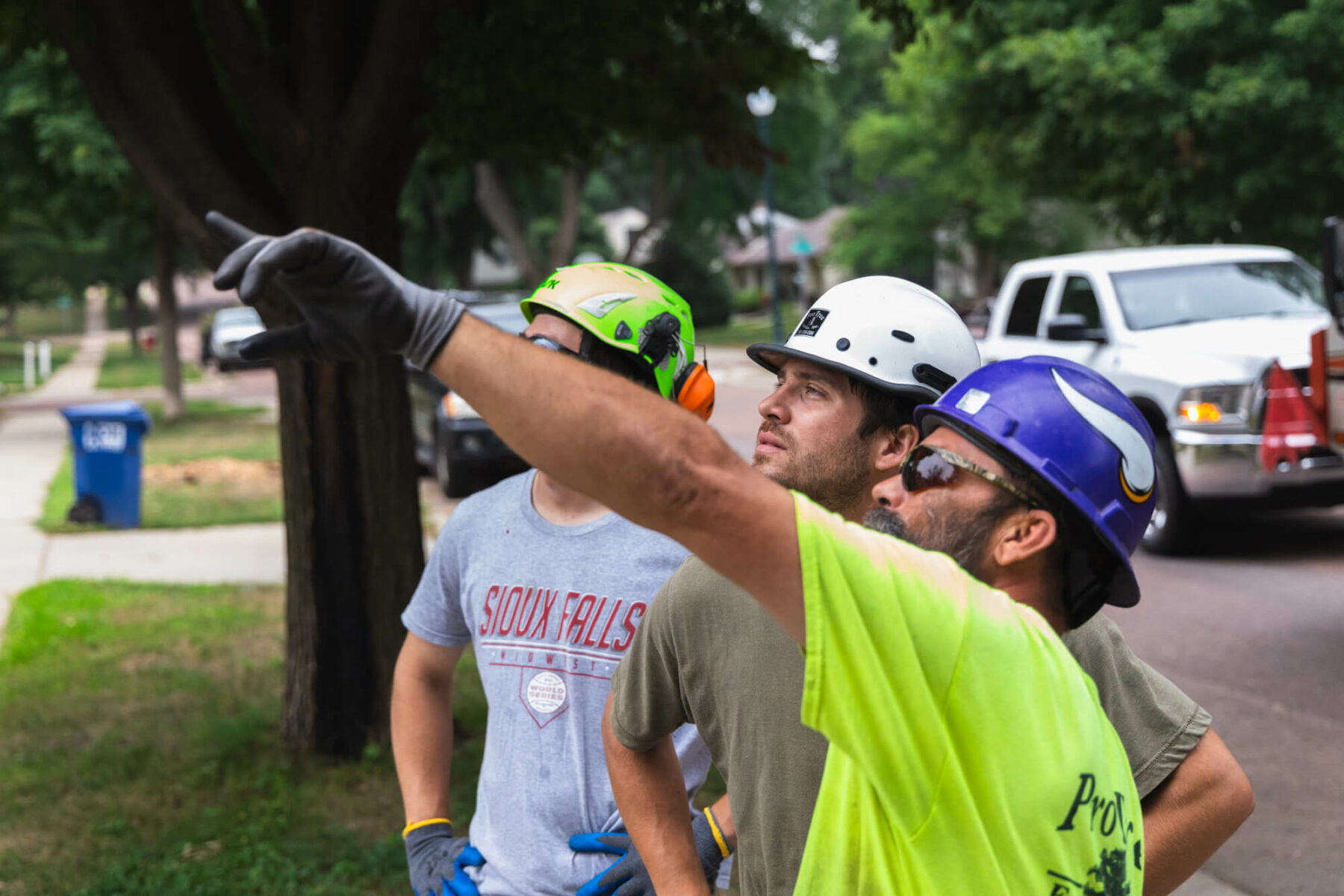First, it’s important to understand why you should prune your trees. Pruning helps to remove dead or damaged branches, which can prevent the spread of disease and insects. It can also help to shape the tree, directing its growth in a way that is more aesthetically pleasing.
Additionally, pruning can help to improve the tree’s overall health and vigor.
Failure to prune can also pose a safety risk. In the city of Sioux Falls, for example, homeowners often receive letters regarding Project T.RI.M. This is a proactive tree inspection program to address low-hanging tree branches over streets and sidewalks. It is the responsibility of the property owner to maintain safe walkways for pedestrians.
Doing It Yourself? Consider The Risks.
We certainly recommend that you hire a certified and licensed arborist to perform your tree pruning. However, if you decide to do it yourself, please only do so for lightweight branches that you can safely reach from the ground.
We all like to save a buck, but let’s be smart. Only certified arborists should prune branches that:
- Require any climbing to reach
- Are large or heavy
- Hang near or over property like a rooftop or cars
- Might be diseased or infected
Also, a professional is insured should any damages occur. A branch may fall on your roof, and wouldn’t it be better to have them foot that bill? Or, what if you injure yourself while attempting to prune your trees, ending up with an urgent care cost?
By choosing a professional like Weller Brothers, you can have peace of mind knowing we are insured and will also carry out a risk assessment before working on your trees.
Now, do you simply have lightweight branches hanging over your sidewalk that need to be cut back? Okay, you can probably handle that.
Let’s talk about how to do it properly.






